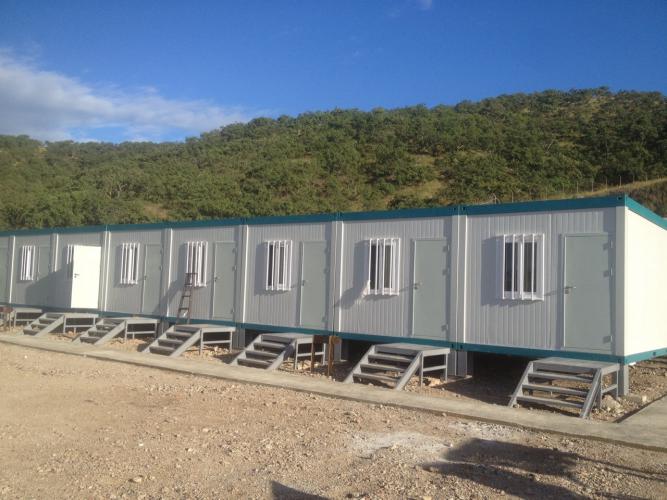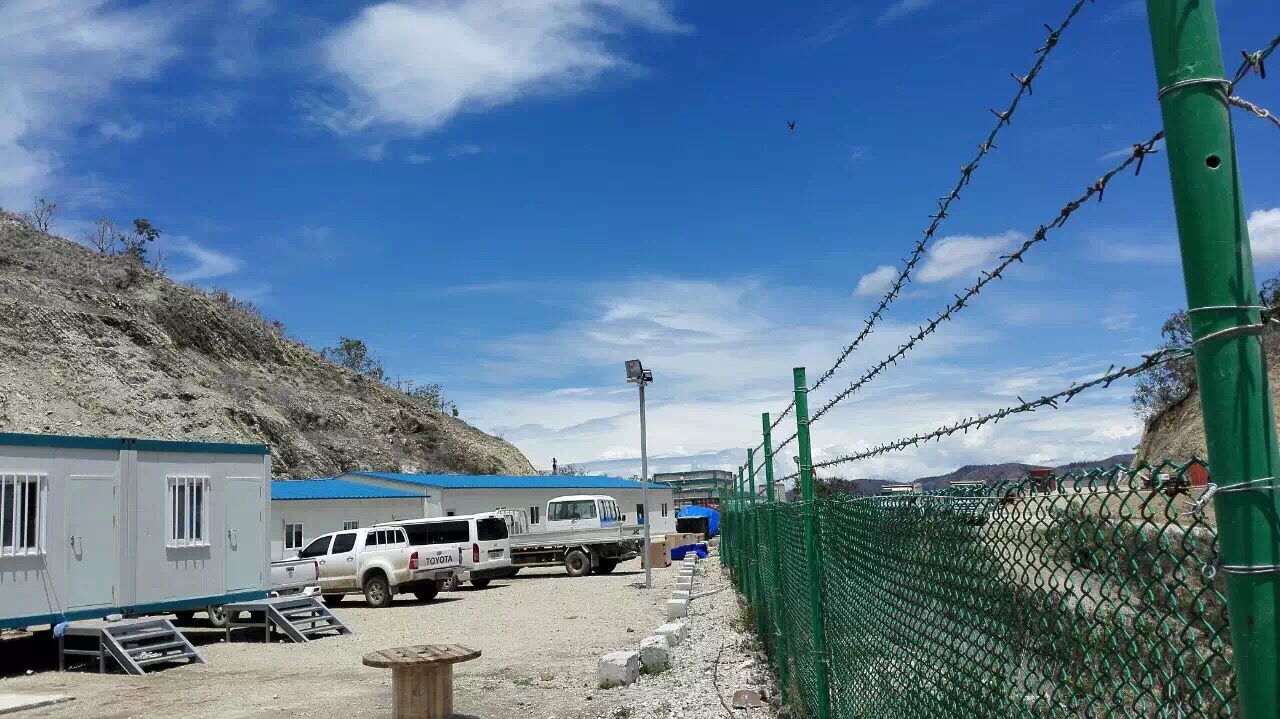In an era defined by rising construction costs, housing shortages, and an urgent need for eco-friendly solutions, container housing manufacturers are revolutionizing the way we build. By transforming steel shipping containers into modern, affordable, and sustainable living and working spaces, these innovative companies are meeting global demand for rapid-deployment structures. Whether you’re an architect, developer, or homeowner, understanding the benefits and capabilities of leading container housing manufacturers will help you make informed decisions for your next modular construction project.
Why Choose Container Housing Manufacturers?
Container housing manufacturers specialize in repurposing durable, high-strength shipping containers into turnkey modular units. Here’s why container construction is becoming a top choice:
Affordability and Cost Savings
Compared to traditional stick-built construction, container homes can reduce material and labor costs by 20–40%. Manufacturers stockpile new and used ISO-certified containers, enabling bulk discounts and streamlined production.
Speed of Construction
With off-site fabrication and pre-configured utilities, container modules arrive ready for assembly. On-site installation can be completed in days, not months—ideal for emergency shelters, pop-up retail, or fast-track residential developments.
Sustainability and Circular Economy
By upcycling steel containers, manufacturers minimize waste and embodied carbon. Many firms incorporate reclaimed materials, solar panels, and rainwater harvesting to create net-zero or net-positive energy homes.
Design Flexibility and Modularity
Standard 20- and 40-foot container dimensions allow for limitless stacking and combining options. Container housing manufacturers deliver single-unit dwellings, multi-story apartment complexes, office pods, and more—customizable to any aesthetic or functional requirement.
Top Container Housing Manufacturers to Know
When researching container housing manufacturers, consider companies with proven track records in quality, innovation, and customer service. Below are some of the industry’s leading providers:
SG Blocks
SG Blocks is a U.S. pioneer in container-based construction, operating large fabrication facilities in New York and Texas. Their portfolio includes residential buildings, student housing, and commercial installations. SG Blocks emphasizes structural reinforcements, high-performance insulation, and LEED-certified finishes.
ContainerHomes
Serving both the U.S. and Canada, ContainerHomes offers design-build packages for single-family residences, backyard studios, and tiny homes. Their turnkey solutions feature integrated plumbing, wiring, solar-ready rooftops, and smart-home systems—all customizable to suit personal tastes and budgets.
Algeco
Algeco is Europe’s leading modular space provider, with over 200,000 units in service across 20 countries. Specializing in education, healthcare, and office applications, Algeco delivers standardized container products alongside bespoke modifications to meet diverse regulatory requirements.
Spanhaus
Based in Australia, Spanhaus merges cross-laminated timber cladding with steel container cores, achieving superior thermal comfort and an upscale appearance. Their focus on aesthetic integration and passive-design principles makes them a standout choice for residential and boutique hospitality projects.
EcoDomus
Japan’s EcoDomus excels in seismic-resilient container housing, integrating shock-absorption systems and low-emissivity windows to withstand earthquake forces. Their modular clinics, homes, and offices are tailored for both urban and remote applications.
Applications of Container Housing Manufacturers’ Solutions
Container housing manufacturers cater to a wide spectrum of projects:
Residential Developments: From tiny homes (“granny flats”) to multi-unit apartment blocks, container modules create affordable living options with fast turnaround times.
Commercial and Retail Spaces: Pop-up shops, cafés, and office pods benefit from the portability and modularity of container units—perfect for temporary activations or scalable workspaces.
Institutional Buildings: Schools and healthcare clinics leverage container modules for rapid deployment in underserved or disaster-affected regions.
Hospitality and Tourism: Boutique container hotels and eco-lodges use panoramic glazing, rooftop decks, and luxury finishes to attract eco-conscious travelers.
Industrial and Remote Sites: Mining camps, military outposts, and research stations rely on secure, weather-resistant container housing for worker accommodations and field offices.
The Design and Engineering Process
Container housing manufacturers follow a detailed workflow to ensure quality and compliance:
Container Sourcing and Inspection
Manufacturers select new (ISO-certified) or repurposed containers, assessing structural integrity, corrosion, and toxic residues.
Structural Modifications
CAD and finite-element analysis guide precise cut-outs and reinforcements. Steel bracing, cross-members, and corner posts maintain load capacity for multi-story stacking.
Thermal Insulation and Moisture Control
To combat steel’s thermal bridging, manufacturers apply spray-foam insulation, rigid foam boards, or vacuum-insulated panels. Vapor barriers and breathable cladding prevent condensation and mold growth.
Utilities Integration
Plumbing, electrical wiring, and HVAC components are pre-installed in the factory, reducing on-site labor and ensuring consistent quality. Solar-ready roofs and energy-efficient systems are common add-ons.
Finish and Customization
Interior finishes range from drywall to engineered wood panels, and exterior cladding options include corrugated steel, timber, or fiber cement. Smart-home technology, lighting packages, and bespoke millwork tailor each unit to client needs.
Manufacturing and Supply Chain Considerations
Selecting the right container housing manufacturer requires understanding their production and logistics capabilities:
Factory Workflow: CNC laser cutting, robotic welding, and assembly lines drive efficiency and reduce lead times.
Quality Assurance: ISO 9001, CE marking, and ICC approvals ensure adherence to global standards.
Logistics: Heavy-load transport—by truck, rail, or barge—must navigate bridge clearances and weight restrictions; on-site crane capacity is crucial for module placement.
Lead Times: Basic shell units can ship in 4–6 weeks, while fully outfitted, custom modules may require 8–12 weeks depending on complexity and volume.
Key Trends Driving Container Housing Manufacturers
Smart and Connected Homes: IoT sensors for energy monitoring, security, and climate control are increasingly integrated into container modules, offering remote diagnostics and predictive maintenance.
Hybrid Construction: Combining container cores with timber or concrete adds design flexibility and performance, using containers for service zones (bathrooms, kitchens) and conventional methods for living areas.
Automated Prefabrication: Robotic welding and digital quality-inspection reduce errors, lower costs, and accelerate regulatory approval through digital-twin modeling.
Green Materials: Composite panels with bio-based resins and phase-change materials enhance thermal performance and reduce environmental impact.
Overcoming Challenges
Container housing manufacturers must navigate several barriers:
Regulatory and Zoning Hurdles: Advocacy for updated building codes and container-specific standards will streamline permitting and reduce project delays.
Public Perception: Demonstration homes, certification programs (Passive House, WELL), and design awards help dispel “steel box” myths and showcase comfort and durability.
Technical Constraints: Standard 2.4 m container widths limit open plans; innovative framing solutions and steel plate bridges enable wider spans and seamless interiors.
Financing: Partnering with specialized lenders, offering lease-to-own options, or collaborating with government housing programs can unlock capital and broaden market access.
How to Choose the Right Container Housing Manufacturer
When evaluating container housing manufacturers, consider these factors:
Experience and Portfolio: Review completed projects similar in scale and type to your vision.
Customization Capabilities: Assess the manufacturer’s ability to accommodate unique designs, finishes, and technical systems.
Quality Certifications: Verify ISO 9001, CE marking, ICC approvals, or local building-code certifications.
Supply Chain Strength: Ensure the manufacturer has reliable container suppliers, logistics partners, and on-site assembly expertise.
After-Sales Support: Look for warranty programs, service agreements, and maintenance training offered by the manufacturer.
Conclusion
Container housing manufacturers are at the forefront of sustainable, modular construction, meeting the world’s pressing needs for affordable housing, rapid-deployment infrastructure, and eco-friendly buildings. By selecting a reputable manufacturer—such as SG Blocks, ContainerHomes, Algeco, Spanhaus, or EcoDomus—you’ll benefit from industry-leading engineering, high-quality finishes, and streamlined project timelines. With ongoing innovations in smart integration, hybrid construction, and green materials, container housing is poised to redefine the future of living and working spaces. Embrace this versatile, cost-effective solution and partner with a container housing manufacturer to unlock the full potential of modular design.


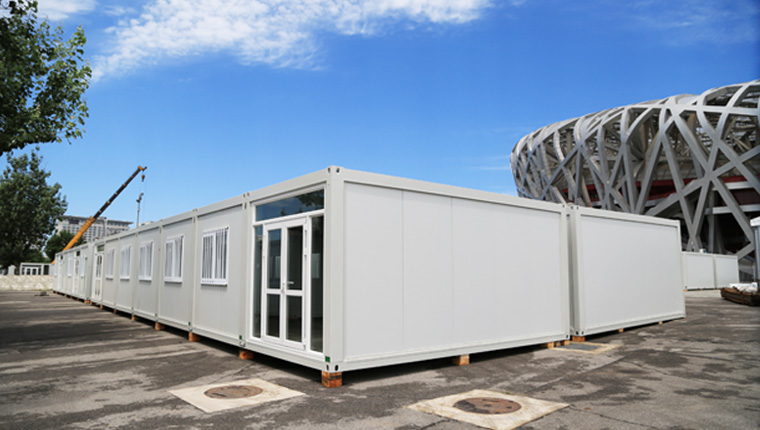
More
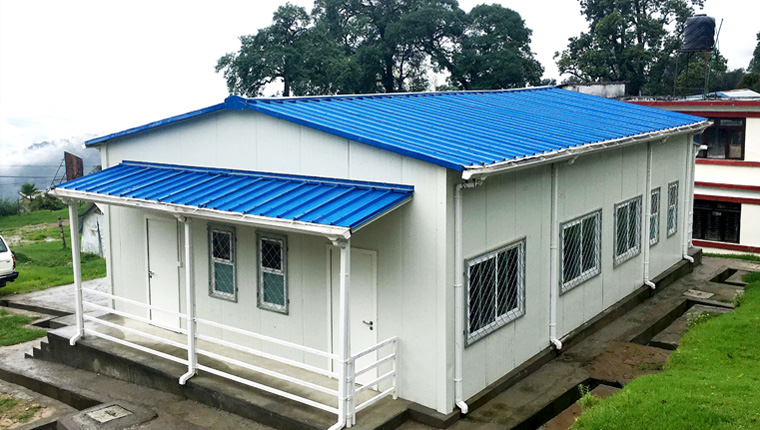
More
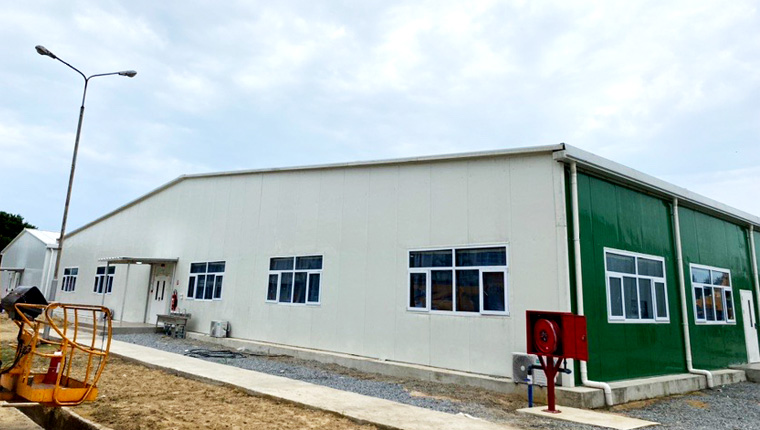
More
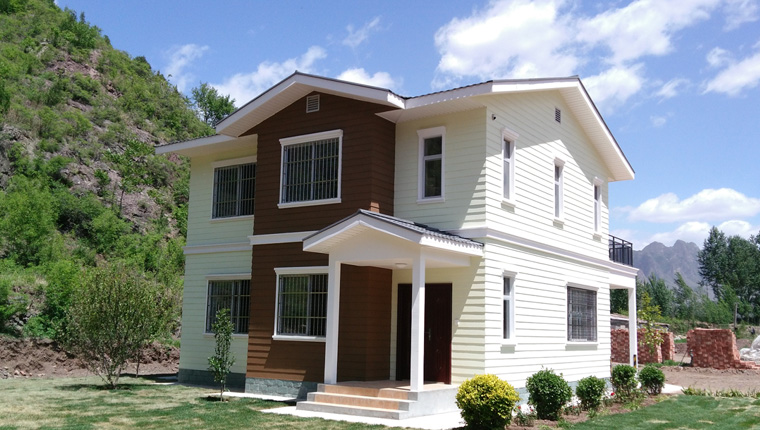
More
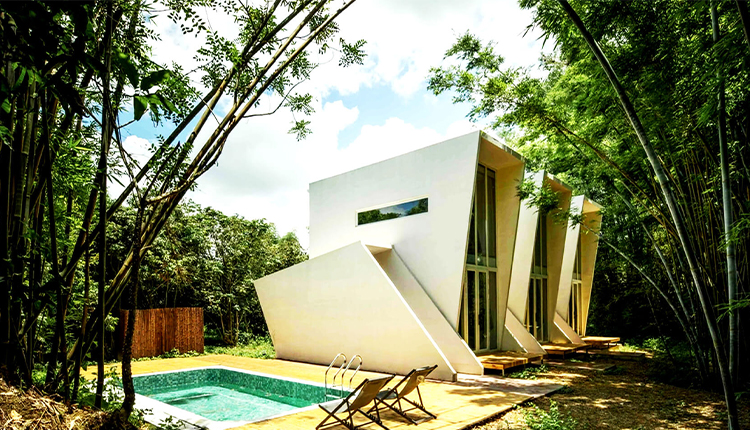
More
Learn More

























![Top Advantages of Modular Construction Explained [2025]](/uploads/upload/images/20250424/0fb390068474145a09a8c0504c73b1d2.png)
